The IAPB offers a wide variety of resources, including Global Vision Database maps, which were updated with new data on World Sight Day this year. The Agency also ran a photo competition which attracted over 1,000 entries.
The library has a range of books available on sight, ophthalmology, and eye disease, under the shelfmark UK, currently in the south-east corner of the Barnard Room. Some items from the collection include:
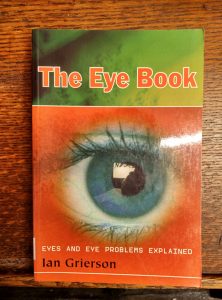 |
Summary (via WorldCat):
The Eye Book is an essential read for anyone who wears glasses, for parents of children with eye problems, for students considering training in orthoptics or optometry, and for health-care professionals looking for an overview of eye health. It is written in a lively readable style and a glossary is provided for technical and medical terms. The structure and function of the eye and the mechanisms of vision are explained in the initial chapters, with explanatory illustrations.
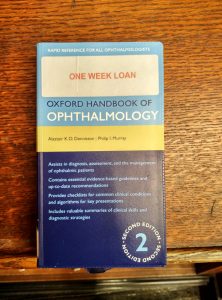 |
Summary (via Amazon):
Now in its second edition, this new Oxford Handbook of Ophthalmology continues to be an unparalleled source of knowledge, providing immediate access to the detailed clinical information you need – in casualty, clinic, theatre, and on the wards. It comprises a systematic synopsis of ophthalmic disease directed towards diagnosis, interim assessment, and ongoing management. Assessment boxes for common clinical conditions, and algorithms for important clinical presentations illustrate this practical approach. The information is easily accessed, being presented in a standard format with areas of importance highlighted.
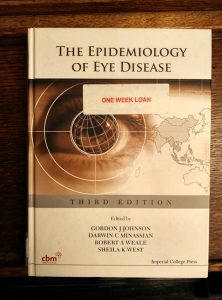 |
Summary (via WorldCat):
Offers coverage of the epidemiology of the world’s major blinding eye diseases. This title includes chapters that describe the biology, pathology, epidemiology, risk factors and research avenues for
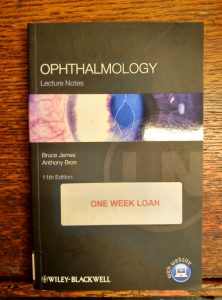 |
Summary (via Amazon):
Beautifully illustrated throughout, Ophthalmology Lecture Notes concentrates on the most common eye problems that health practitioners are expected to diagnose and manage. The book begins with a brief introduction to ocular anatomy and eye examination, and then focuses on core conditions in ophthalmology. The highly structured text includes self assessment material at the end of each chapter, as well as a series of clinical cases at the end of the book.
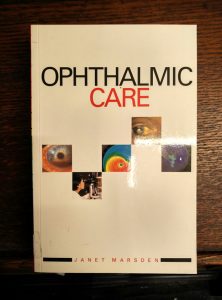 |
Summary (via WorldCat):
Features chapters on the structure and function of the eye, the examination of the eye, as well as describes the care of patients presenting with acute problems and those undergoing ophthalmic surgery. This book discusses the growth of day surgery, and includes a chapter on the development of eye healthcare in developing countries.






